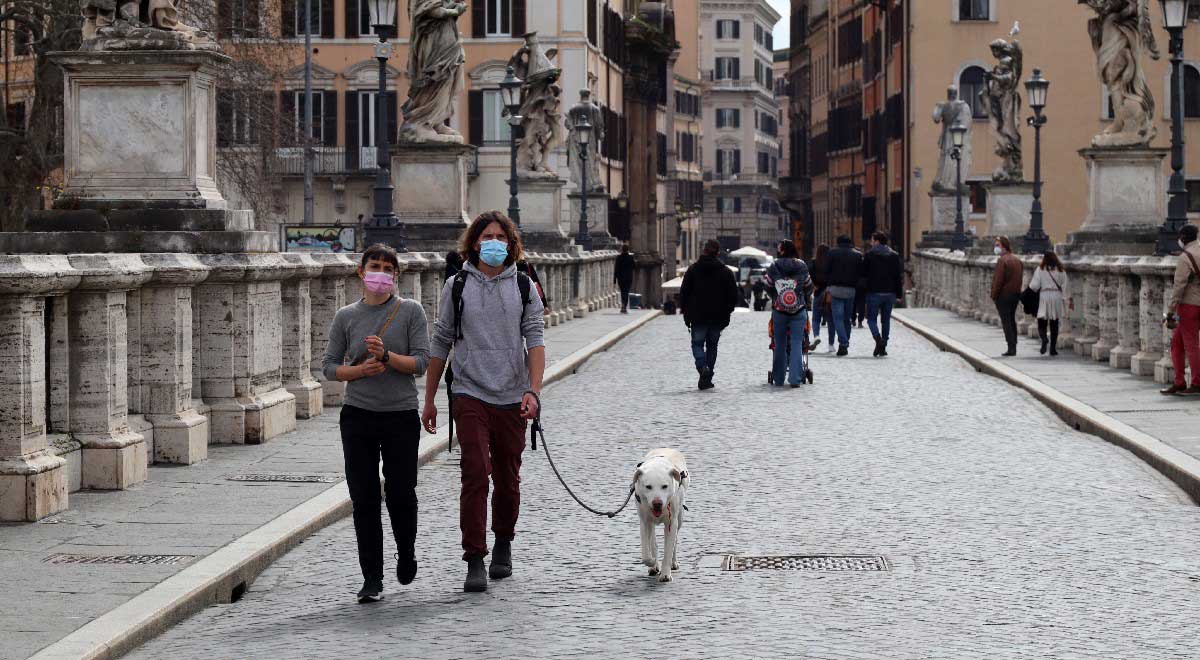The state of emergency imposed due to the coronavirus pandemic ended on the night of Thursday to Friday in Italy. This went on for two years and two months. It was also decided to limit the requirement for a health pass, although it is still required in many places.
The state of emergency was introduced by the previous government of Giuseppe Conte on January 31, 2020, immediately after the discovery in Rome of two cases of coronavirus infection in a married couple of Chinese tourists who came from the epicenter of the epidemic, i.e. the city of Wuhan.
With the lifting of the state of emergency, the technical and scientific committee advising the government on the principles of combating the pandemic and the office of the emergency commissioner for crisis, headed by General Francesco Figuolo, will cease to function.
Relaxed restrictions
Since Friday, the next anti-pandemic restrictions have been relaxed, which most of the time were very strict in Italy.
You will no longer need a health pass to enter offices, non-food stores, banks and post offices, as well as restaurant gardens, public transport and hotels.
People over 50 will not need to present an Enhanced Covid Pass issued through vaccination or treatment. A Green Pass issued with a negative test result is also sufficient.
School changes
In addition, unvaccinated people will not have to go into quarantine after contact with the infected. The isolation obligation will only apply to people who test positive until they test negative at least seven days later for the vaccinated and ten days for the unvaccinated.
The rules in schools are also changing: only infected students will be sent to distance learning. School trips are back. Unvaccinated teachers can return to school, but not to teaching.
Coronavirus in Italy
On the last day of the state of emergency in Italy, another 159 deaths from COVID-19 and more than 73 thousand new infections were recorded.
The total death toll since the start of the pandemic is 159,383.

